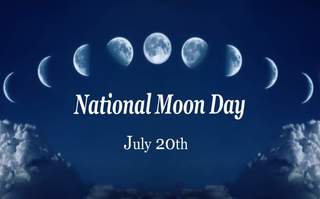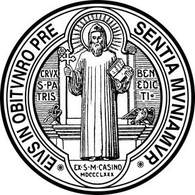Pope Francis comes from an order of priests known around the world as educators, spiritual directors, and social justice advocates. The Society of Jesus, the name for the grouping of priests founded by St. Ignatius Loyola in 1540, count among their ranks professors, doctors, lawyers, social workers and a pope.
In 1540 Ignatius’ group, formed over the course of his studies and trials and travels, gained the pope's approval and was named the Society of Jesus: they determined a method of decision making, vowed to obey the pope as the voice of Christ, and elected Ignatius as superior general. They had previously been ordained and bound themselves by vows of poverty, chastity, and obedience.
The vision and disciplines of the "Jesuits" as they came to be called caught the imagination of Europe. Soon Jesuits were found in Europe's major cities as well as in the new world: Gao, Mexico City, Quebec, Buenos Aires, and Bogota. They opened hospices for the dying, sought financial support for the poor, founded orphanages, and opened schools.
Though his writings were robust by the time the Jesuits became widely known, The Constitutions of the Society of Jesus was probably the most important work of Ignatius's later years. His followers abandoned some traditional forms of religious life (such as chanting the divine office, physical punishments, and penitential garb), in favor of greater adaptability and mobility. The Society was above all to be an order of apostles "ready to live in any part of the world where there was hope of God's greater glory and the good of souls."
His greatest legacy is his Spiritual Exercises, which has been in constant use for 460 years. The Exercises lead a person through four "weeks" (a flexible term) of meditations and prayers, guided by a spiritual director, generally during a retreat (though there are provisions for non-retreat direction).
Purifying one's soul is the object of the first week; greater knowledge and the love of Christ, the second; freeing the will to follow Christ, the third; and releasing the heart from worldly attachments, the fourth. The perfection of the soul, the imitation of Christ, and the soul's attachment to God are goals for the exercises that reflect the holy ambitions of Ignatius from his conversion.
The most important thing to know about the Jesuit founder is that he was a different kind of saint. As the noted Jesuit historian Fr. John W. O’Malley, S.J. has observed, "Ignatius redefined the traditional basis of saintliness," which usually involved a degree of unworldliness.
In contrast, O'Malley refers to Ignatius as a "worldly saint." He made sure his men were spending most of their time not in pulpits and confessionals, but in relatively secular spaces such as classrooms — teaching less directly about the Bible and Church doctrine than about literature and the ancient classics. He sent letters to his missionaries asking that they write back not just about their ministries, but also about the local customs, the plants and wild life — "anything that seems extraordinary."
Most of all, Ignatius Loyola wanted his Jesuits and everyone to go out and "find God in all things." He died in 1556 — on July 31, his feast day in the Catholic Church.



 RSS Feed
RSS Feed